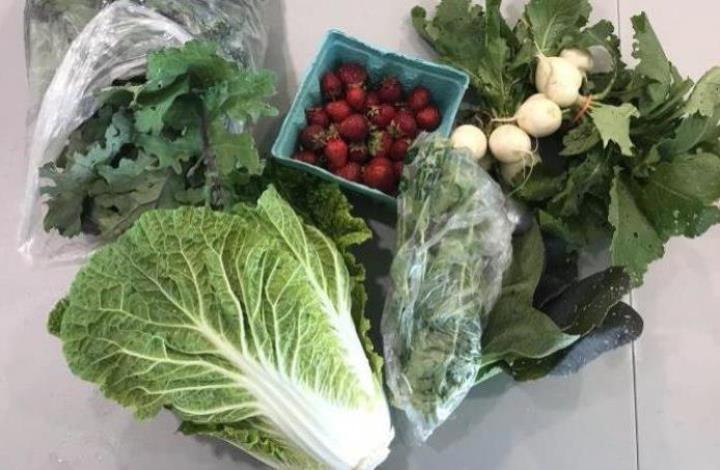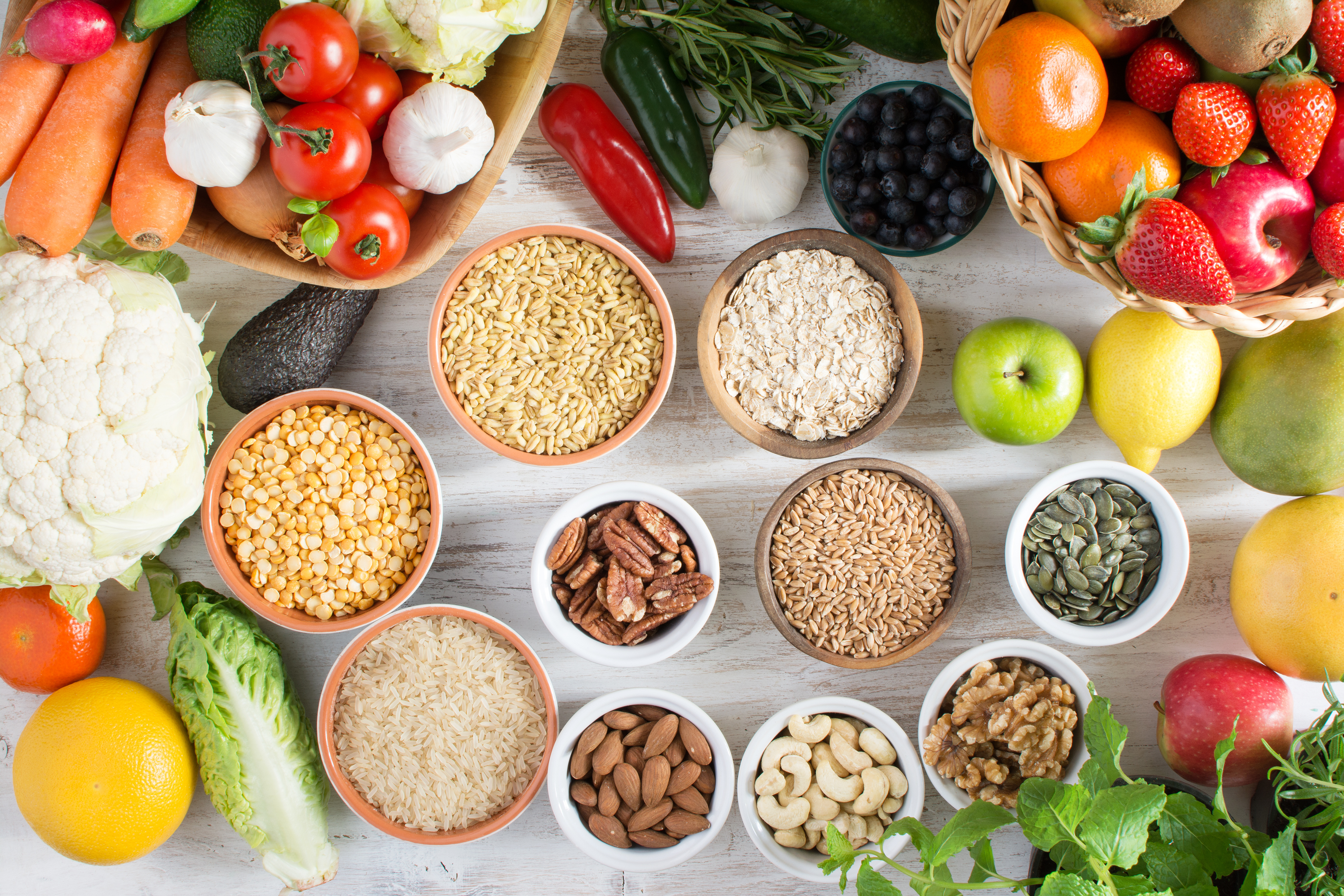News

Buy Local: Building the Local Food Economy
Emily Wargo MS, RD, LDN
Do you know where your food comes from? How far has it traveled to reach your table? The average distance produce travels from farm to supermarket is an astounding 1,500 miles. These food items are not grown with taste or freshness in mind. They are produced for durability; for the ability to withstand extensive harvesting equipment, travel, and an overall long shelf life. Most consumers choose supermarkets for a variety of reasons. Convenience is a major contributor towards supermarket purchases, as well as food cost. Here in the Greater Lehigh Valley (Northampton, Lehigh, and Berks Counties), $2.7 billion is spent per year on food. Only about 1% is purchased directly from local farms. In other words, the majority of our food dollars are leaving the Lehigh Valley when we purchase food imports. Once these dollars leave, they are unlikely to return.
Locally grown food sales can have a notable impact on local economies because of the multiplier effect: the number of times a dollar circulates in a community before leaving through the purchase of an import. The specific multiplier for food-related farming activities in the Lehigh Valley is 1.449 (IMPLAN calculation by Penn State University). This means that every dollar received by food-related farms in the Lehigh Valley generates on average an additional 45 cents in economic activity. In comparison, a case study conducted in Midcoast Maine1 found that national chain stores yield a return of only 14 cents to the local economy. If each Greater Lehigh Valley household spent $10 per week on locally grown food, it would generate $207 million for our local farms and $93 million for local businesses. In total, it would add an extra $300 million to our local economy.
In addition to building a resilient local economy, buying locally grown food has a major impact on the environment and the nutrient quality of the food itself. Most conventionally-produced food takes a sizeable amount of natural resources to procure. Food from the local farm doesn’t have to travel far, significantly reducing fossil fuel dependence, CO2 emissions, and packing materials. The U.S. spends about $239 billion each year on energy to bring food to our tables, 80-90% of which is used in the areas of post-production, i.e. processing, packaging, shipping, storage, and retail operations. Sustainably grown food provides many benefits to the entire ecosystem; it is grown in our own foodshed at a scale that is appropriate to the area, and involves marginal ecological disruption and processing. Consumers have the power to demand a more sustainable food system. The choices we make about the food we eat directly impact not only ourselves, but other people and the environment.
Diets based on locally grown foods tend to be higher in fruits and vegetables and lower in processed foods, a lifestyle choice that helps prevent a variety of chronic diseases including obesity and heart disease. At large industrial farms, the procurement of high-yield produce varieties often comes with a price: nutritional quality. Production methods that deplete soil health are apt to yield crops with lower nutritional content. Additionally, supermarket fruits and vegetables can spend upwards of 2 weeks in transit. The nutrient content of produce that has been picked early and forced to ripen during transport is often lower than those allowed to ripen on the vine. Small family-owned farms that grow for local markets can choose produce varieties based on flavor and nutrition, and improve soil health to maximize nutrient content. Many local farmers also raise their animals on pasture. In comparison to conventionally raised proteins, pastured meats, poultry, and eggs are nutrient dense. They are lower in total fat, and possess a more natural balance of omega-6 to omega-3 fatty acids, along with higher levels of conjugated linoleic acids, all of which reduce the risk of chronic disease.
St. Luke’s University Health Network is a proud sponsor of Buy Fresh, Buy Local of the Greater Lehigh Valley (BFBLGLV). The mission of the BFBLGLV is as follows: “…working to build the Greater Lehigh Valley local food economy by educating consumers about the many benefits of choosing locally grown foods; promoting local food providers; improving fresh food access; facilitating local food purchases by wholesale buyers; providing research about our local food economy; and convening the Thriving Local Food System branch of the Food Policy Council.” SLUHN is also partnered with Rodale Institute and many of the fresh vegetables you see in our cafeterias are provided by Rodale farmers. St. Luke’s employees are able to support local farmers by joining the Community Supported Agriculture (CSA) program, which runs from June to October, where fresh fruits and veggies are provided weekly. Farmer’s Markets are also a fantastic opportunity to buy local goods. Visit www.buylocalglv.org for information on local farmer’s markets, farm-to-table restaurants, CSAs, harvest calendars, and more!
Institute for Local Self-Reliance. (2003). The Economic Impact of Locally Owned Businesses vs. Chains: A Case Study in Midcoast Maine.



